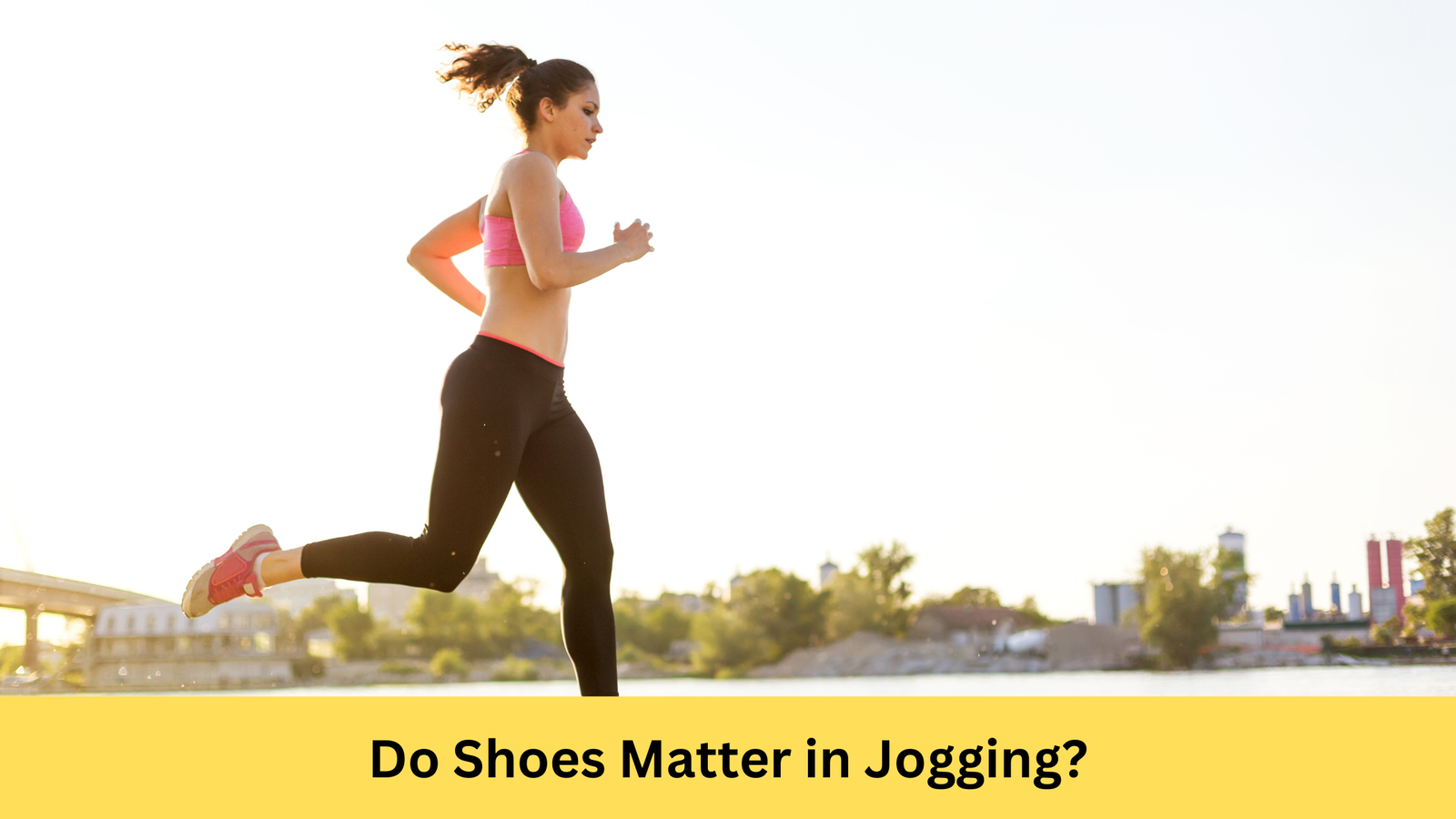Jogging is a popular form of exercise that helps improve heart health, reduces stress, and keeps you fit. As more people start jogging for fitness, one important question often comes up: Do shoes matter when jogging? This article looks at why the right shoes are important, especially for preventing injuries and improving your performance.
Why Footwear Matters
1. Injury Prevention
One of the main reasons shoes are important for jogging is to prevent injuries. Jogging shoes are designed to cushion your feet and reduce the impact on your joints and muscles. Each time you jog, your body feels a force several times your body weight. Good shoes with proper cushioning help spread out this force, protecting your feet, ankles, knees, and hips from injuries like sprains, strains, and stress fractures.
2. Support and Stability
Besides cushioning, jogging shoes also provide support and stability. Different shoes are made for different foot types, like people who have pronation (feet rolling inward) or supination (feet rolling outward). Knowing your foot type and how you run is key to choosing the right shoes. If your feet roll too much inward or outward, it can cause problems over time. Properly fitted shoes help correct these issues, providing stability and reducing the risk of overuse injuries.
What to Look for When Choosing Shoes
1. Foot Type and Running Style
Before buying jogging shoes, it’s important to know your foot type and how you run. A podiatrist or a skilled salesperson at a shoe store can analyze your gait (how you walk or run). This analysis looks at things like the height of your arch, the width of your foot, and how much your feet roll inward or outward when you run. With this information, you can choose shoes that offer the right support and cushioning for your specific needs.
2. Cushioning and Shock Absorption
The amount of cushioning in your shoes affects how comfortable and effective they are. Shoes with more cushioning absorb the shock from each step, reducing the strain on your joints and muscles. However, how much cushioning you need depends on several things, like the surface you’re running on (pavement or trails), your body weight, and your personal preference. Some people like minimalist shoes with less cushioning to feel more connected to the ground, while others prefer shoes with more padding for comfort on longer runs.
3. Fit and Comfort
Finding the right fit is one of the most important things when buying jogging shoes. Shoes that don’t fit properly can cause blisters, black toenails, and discomfort that can make jogging unpleasant. When trying on shoes, make sure there’s enough space in the toe area so your toes can move freely. The shoes should hold your heel securely without slipping, and the middle part of the shoe should feel snug but not tight. Many specialty running stores offer fitting services to help you find the perfect shoes based on your foot shape and running style.
Types of Jogging Shoes
1. Road Running Shoes
Road running shoes are designed for jogging on hard surfaces like sidewalks, roads, or indoor tracks. They usually have cushioning to absorb the repeated impact from running on pavement. Road shoes come with different levels of cushioning and may also include features like added stability or lightweight materials for faster runners.
2. Trail Running Shoes
For jogging on uneven terrain and off-road paths, trail running shoes offer better traction and durability. These shoes have rugged outsoles with deep treads to grip muddy, rocky, or slippery surfaces. Trail shoes also have protective features like rock plates to shield your feet from sharp objects and waterproof materials to keep your feet dry in wet conditions.
3. Minimalist Shoes
Minimalist or barefoot-style shoes are designed to mimic natural running by providing little cushioning and a flat sole. These shoes encourage you to land on the front or middle part of your foot, which some believe reduces impact and strengthens lower leg muscles. However, switching to minimalist shoes requires a gradual adjustment to allow your muscles and tendons to get used to this new style of running.
Busting Common Myths
1. Expensive Shoes Are Always Better
While more expensive shoes often come with advanced technology and premium materials, the most expensive pair isn’t always the best for every runner. The key is to find shoes that meet your specific needs, whether that’s cushioning, support, or certain features for your running style.
2. One Shoe Fits Everyone
Every runner is different when it comes to foot shape, running style, and preferences. What works for one person may not work for another. Trying out different brands, models, and types of shoes can help you find the perfect pair that makes your jogging more comfortable and enjoyable.
Also READ: Do Running Shoes Break Down if Not Worn?
Conclusion
In summary, choosing the right jogging shoes can greatly affect your comfort, performance, and ability to prevent injuries. It’s worth investing in shoes that fit well, offer the right support for your feet, and match your running style. Whether you prefer road shoes for urban runs, trail shoes for outdoor adventures, or minimalist shoes for a more natural feel, make sure to prioritize comfort, support, and functionality. By understanding the role of shoes in jogging and making smart choices, you can enjoy all the benefits of this fun and healthy activity while avoiding injuries and improving your performance.
